Home>Articles>How To Install Microsoft Wireless Display Adapter
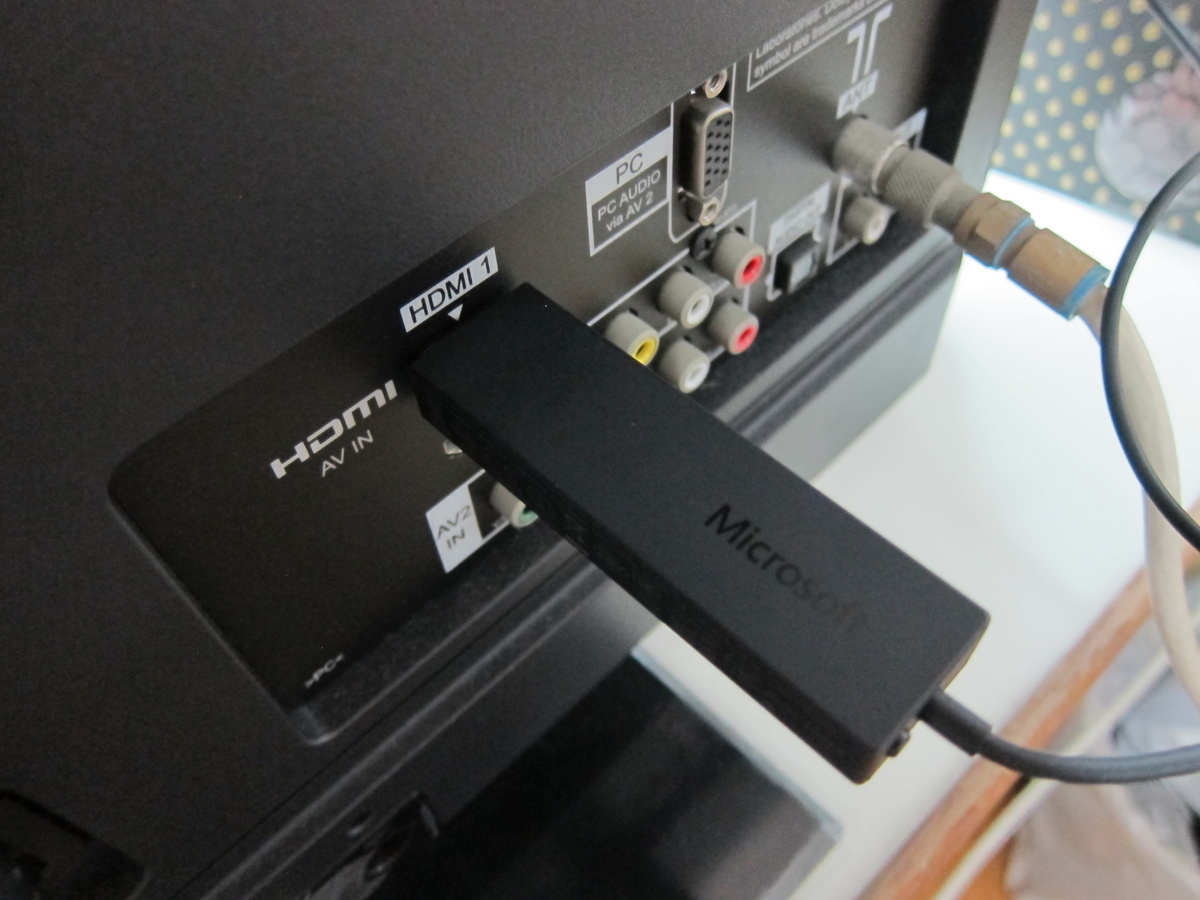

Articles
How To Install Microsoft Wireless Display Adapter
Modified: December 7, 2023
Learn how to install the Microsoft Wireless Display Adapter with our comprehensive step-by-step guide. Find all the articles you need to set up your wireless display adapter and enjoy seamless connectivity.
(Many of the links in this article redirect to a specific reviewed product. Your purchase of these products through affiliate links helps to generate commission for Storables.com, at no extra cost. Learn more)
Introduction
The Microsoft Wireless Display Adapter is a versatile device that allows you to wirelessly connect your device, such as a laptop, tablet, or smartphone, to a TV or monitor. With this adapter, you can mirror your device’s screen, stream videos, play games, and even present PowerPoint slides without the hassle of connecting cables.
Whether you’re using it for work or leisure, installing the Microsoft Wireless Display Adapter is a straightforward process. In this article, we will guide you through the step-by-step installation process, ensuring that you can enjoy seamless wireless display functionality in no time.
Before we dive into the installation steps, it’s important to note that the Microsoft Wireless Display Adapter is compatible with various devices and operating systems, including Windows 10, Android, and macOS. However, it’s essential to check the system requirements to ensure compatibility and optimal performance.
Now, let’s get started with the installation process to bring your devices and displays closer together.
Key Takeaways:
- Enjoy seamless wireless display by following simple steps to install the Microsoft Wireless Display Adapter. Connect, mirror, and troubleshoot effortlessly for an enhanced viewing experience.
- Elevate your entertainment and productivity with the Microsoft Wireless Display Adapter. Unbox, connect, and display wirelessly for a hassle-free and convenient sharing experience.
Step 1: Check the System Requirements
Before you begin the installation process for the Microsoft Wireless Display Adapter, it’s crucial to check if your devices meet the system requirements. This will ensure compatibility and smooth functionality. Here are the system requirements you need to consider:
- Device Compatibility: The Microsoft Wireless Display Adapter is compatible with devices running Windows 8.1 and above, Android 4.2 and above, and macOS 10 and above.
- Display Compatibility: Make sure your TV or monitor has an available HDMI port for connecting the Microsoft Wireless Display Adapter.
- Internet Connection: For the initial setup and software installation, an active internet connection is required.
- Software Updates: Ensure that your device’s operating system and drivers are up to date. This will help prevent any compatibility issues and ensure optimal performance.
By checking these system requirements, you can ensure a smooth installation process and avoid any potential frustrations. Once you’ve verified that your devices meet the necessary criteria, you can proceed to the next steps in setting up the Microsoft Wireless Display Adapter.
Step 2: Unbox the Microsoft Wireless Display Adapter
Now that you have confirmed the system requirements, it’s time to unbox the Microsoft Wireless Display Adapter. Follow these steps to unbox and prepare the adapter for installation:
- Locate the package containing the Microsoft Wireless Display Adapter. It typically comes in a compact box with the adapter and a user manual.
- Open the box by gently removing the packaging material or plastic wrap.
- You will find the Microsoft Wireless Display Adapter inside. Take it out and examine the device.
- Inspect the adapter for any visible damage or defects. If there are any issues, contact Microsoft’s customer support for assistance.
- Next, take a look at the ports and buttons on the adapter. You should see an HDMI connector and a USB connector.
The HDMI connector is used to connect the adapter to your TV or monitor, while the USB connector is used for power. The Microsoft Wireless Display Adapter relies on power from the USB connector, so make sure you have an available USB port on your TV or use the included USB power cable to connect it to a power source.
By unboxing the Microsoft Wireless Display Adapter and familiarizing yourself with its ports and buttons, you’re now ready to move on to the next step, which involves connecting the adapter to your TV or monitor.
Step 3: Connect the Microsoft Wireless Display Adapter to your TV or monitor
Now that you have unboxed the Microsoft Wireless Display Adapter, it’s time to connect it to your TV or monitor. Follow these steps:
- Locate an available HDMI port on your TV or monitor. It’s usually located on the back or side of the device.
- Insert the HDMI connector of the Microsoft Wireless Display Adapter into the HDMI port of your TV or monitor.
- Ensure that the adapter is securely plugged into the HDMI port.
- If your TV or monitor has a USB port available for power, you can connect the USB connector of the Microsoft Wireless Display Adapter directly to it.
- If there’s no available USB port on your TV or monitor, you can use the included USB power cable to connect the adapter to a power source such as a wall outlet or a USB charging port.
Make sure that both the HDMI and USB connections are secure to avoid any connectivity issues. The Microsoft Wireless Display Adapter relies on a stable connection to function correctly.
Once you have connected the adapter to your TV or monitor, proceed to the next step to connect it to your device and install the necessary software/drivers.
Step 4: Connect the Microsoft Wireless Display Adapter to your device
With the Microsoft Wireless Display Adapter connected to your TV or monitor, it’s time to establish a connection between the adapter and your device. Follow these steps to connect the adapter to your device:
- Ensure that your device’s Wi-Fi or wireless display function is turned on.
- Go to the settings on your device and navigate to the display or screen mirroring settings.
- Look for the option to connect to a wireless display or adapter. The wording may vary depending on your device’s operating system.
- Select the Microsoft Wireless Display Adapter from the list of available devices.
- Wait for the connection to be established. This may take a few moments.
Once the connection is successfully established, your device’s screen will be mirrored on the TV or monitor connected to the Microsoft Wireless Display Adapter. You can now enjoy streaming videos, playing games, or presenting content on a larger screen wirelessly.
During the initial connection, you may be prompted to enter a PIN or verification code. Follow the on-screen instructions to complete the pairing process.
Note that depending on your device’s settings, you may need to reconnect to the Microsoft Wireless Display Adapter each time you want to use it. Consult your device’s user manual or online resources for more information on how to manage wireless display connections.
Now that the connection between the Microsoft Wireless Display Adapter and your device is established, proceed to the next step to install the necessary software or drivers.
Make sure your TV or monitor has an available HDMI port and USB port for power. Connect the Microsoft Wireless Display Adapter to the HDMI and USB ports, then follow the on-screen instructions to complete the setup.
Read more: How To Use A Laptop As A Wireless Adapter
Step 5: Install the necessary software/drivers
In order to ensure smooth and optimal performance of the Microsoft Wireless Display Adapter, it is important to install the necessary software or drivers on your device. Follow these steps to install the required software or drivers:
- Ensure that your device is connected to the internet.
- Open your web browser and navigate to the official Microsoft website.
- Search for the “Microsoft Wireless Display Adapter” in the support or download section of the website.
- Locate the software or drivers for your specific operating system.
- Download the software or drivers to your device.
- Once the download is complete, locate the file and run the installer.
- Follow the on-screen prompts to complete the installation process.
- Restart your device if prompted to do so.
Installing the necessary software or drivers will ensure that your device is fully compatible with the Microsoft Wireless Display Adapter and will enable you to access all of its features and functionalities.
If you encounter any issues during the installation process, refer to the troubleshooting section in the support documentation provided by Microsoft or seek assistance from their customer support team.
Once the software or drivers are successfully installed, you are now ready to connect and display wirelessly with the Microsoft Wireless Display Adapter. Proceed to the next step for detailed instructions.
Step 6: Connect and Display wirelessly
Now that you have completed the installation of the necessary software or drivers, it’s time to connect and display wirelessly using the Microsoft Wireless Display Adapter. Follow these steps:
- Make sure that your TV or monitor is turned on and set to the correct HDMI input where the Microsoft Wireless Display Adapter is connected.
- On your device, ensure that the Wi-Fi or wireless display function is turned on.
- Navigate to the display or screen mirroring settings on your device.
- Look for the Microsoft Wireless Display Adapter in the list of available devices and select it.
- Wait for the connection to be established. This may take a few moments.
- Once the connection is established, your device’s screen will be wirelessly displayed on the TV or monitor connected to the Microsoft Wireless Display Adapter.
You can now enjoy streaming videos, browsing the web, playing games, or presenting content on the larger screen provided by the TV or monitor. The Microsoft Wireless Display Adapter allows you to easily share your device’s screen without the need for cables or additional hardware.
Remember to adjust the display settings on your device if necessary, such as aspect ratio and resolution, to ensure the best viewing experience on the TV or monitor.
If you encounter any issues during the wireless connection process, refer to the troubleshooting section in the Microsoft Wireless Display Adapter’s user manual or seek assistance from their customer support team. They will be able to provide further guidance and help resolve any connectivity issues.
With the Microsoft Wireless Display Adapter connected and displaying wirelessly, you can now enjoy the benefits of a larger screen for your device’s content.
Step 7: Troubleshooting common issues
While setting up and using the Microsoft Wireless Display Adapter is generally a straightforward process, you may encounter some common issues along the way. Here are some troubleshooting steps to help you resolve them:
- No connection: If you’re having trouble establishing a connection between your device and the Microsoft Wireless Display Adapter, make sure that both devices are on the same Wi-Fi network. You may also want to restart both devices and try again. Additionally, check for any interference from other wireless devices or objects blocking the signal.
- Poor video quality or lag: If you experience low video quality or lag during wireless display, ensure that your Wi-Fi network has a stable and strong connection. Position your device and the Microsoft Wireless Display Adapter closer to the Wi-Fi router to improve the signal. You can also try reducing the resolution or closing other apps running in the background on your device.
- Audio issues: If you’re not hearing any audio through the TV or monitor connected to the Microsoft Wireless Display Adapter, check the audio settings on your device. Make sure the audio output is set to the TV or monitor. You can also try adjusting the volume level on both your device and the TV or monitor.
- Compatibility issues: If you’re using an older device or operating system, there may be compatibility limitations with the Microsoft Wireless Display Adapter. Make sure your device meets the system requirements mentioned earlier and that you have installed the latest software or drivers. If compatibility issues persist, consider contacting Microsoft’s customer support for assistance.
- Intermittent disconnection: If you experience frequent disconnections between your device and the Microsoft Wireless Display Adapter, ensure that both devices have sufficient power. Charging your device or using a power source for the adapter can help maintain a stable wireless connection. Additionally, make sure your Wi-Fi network is stable and free from interference.
If you have followed these troubleshooting steps and still encounter issues with the Microsoft Wireless Display Adapter, refer to the support documentation provided by Microsoft or get in touch with their customer support team for further assistance. They will be able to provide more specific guidance based on your particular situation.
By troubleshooting common issues, you can ensure a smoother and more enjoyable wireless display experience with the Microsoft Wireless Display Adapter.
Step 8: Frequently Asked Questions
Here are some frequently asked questions about the Microsoft Wireless Display Adapter:
- Q: Can I use the Microsoft Wireless Display Adapter with multiple devices?
- Q: Can I use the Microsoft Wireless Display Adapter without an internet connection?
- Q: Can I stream copyrighted content using the Microsoft Wireless Display Adapter?
- Q: Can I use the Microsoft Wireless Display Adapter with non-Microsoft devices?
- Q: Can I extend my device’s screen to the TV or monitor using the Microsoft Wireless Display Adapter?
A: Yes, you can connect and use the Microsoft Wireless Display Adapter with multiple devices, as long as they are compatible with the adapter and meet the system requirements.
A: Yes, you can use the adapter to mirror your device’s screen without an internet connection. However, an internet connection is required for the initial setup and software installation.
A: The Microsoft Wireless Display Adapter is designed for personal use and may not support streaming copyright-protected content, such as movies or TV shows from certain apps or streaming services. Make sure to comply with the terms of service and content rights when using the adapter.
A: Yes, the Microsoft Wireless Display Adapter is compatible with devices running Windows, Android, and macOS. It is not limited to Microsoft devices only.
A: No, the Microsoft Wireless Display Adapter only supports screen mirroring. It duplicates your device’s screen onto the TV or monitor, rather than extending the display.
If you have any other questions or concerns regarding the Microsoft Wireless Display Adapter, consult the user manual or visit the official Microsoft website for more information. Additionally, their customer support team will be able to assist you with any specific inquiries or issues you may have.
Now that you are familiar with the frequently asked questions, you have reached the end of the installation guide for the Microsoft Wireless Display Adapter. Enjoy the convenience and flexibility of wireless display technology!
Read more: How To Enable Pc Wireless Adapter
Conclusion
The Microsoft Wireless Display Adapter is a valuable tool that allows you to connect and display your device’s screen wirelessly on a TV or monitor. Throughout this installation guide, we have walked you through the step-by-step process of setting up the adapter, from checking the system requirements to troubleshooting common issues.
By following these steps, you can seamlessly connect your device to the Microsoft Wireless Display Adapter and enjoy the benefits of a larger screen for streaming videos, playing games, or presenting content. The adapter offers a wireless and convenient solution that eliminates the need for cables and complicated setups.
Remember to verify that your devices meet the system requirements before proceeding with the installation process. Ensure that you unbox the Microsoft Wireless Display Adapter carefully and connect it correctly to your TV or monitor. Install the necessary software or drivers on your device to enhance compatibility and functionality. Connect and display wirelessly, and troubleshoot any common issues that may arise along the way.
If you have any specific questions or concerns, refer to the official Microsoft website or contact their customer support team for assistance. They are there to help you make the most of your Microsoft Wireless Display Adapter.
With the Microsoft Wireless Display Adapter, you can enjoy the convenience and flexibility of wirelessly sharing your device’s screen on a bigger display. It opens up exciting possibilities for entertainment, work, and productivity. Embrace the power of wireless connectivity and elevate your viewing and sharing experience with the Microsoft Wireless Display Adapter.
Frequently Asked Questions about How To Install Microsoft Wireless Display Adapter
Was this page helpful?
At Storables.com, we guarantee accurate and reliable information. Our content, validated by Expert Board Contributors, is crafted following stringent Editorial Policies. We're committed to providing you with well-researched, expert-backed insights for all your informational needs.
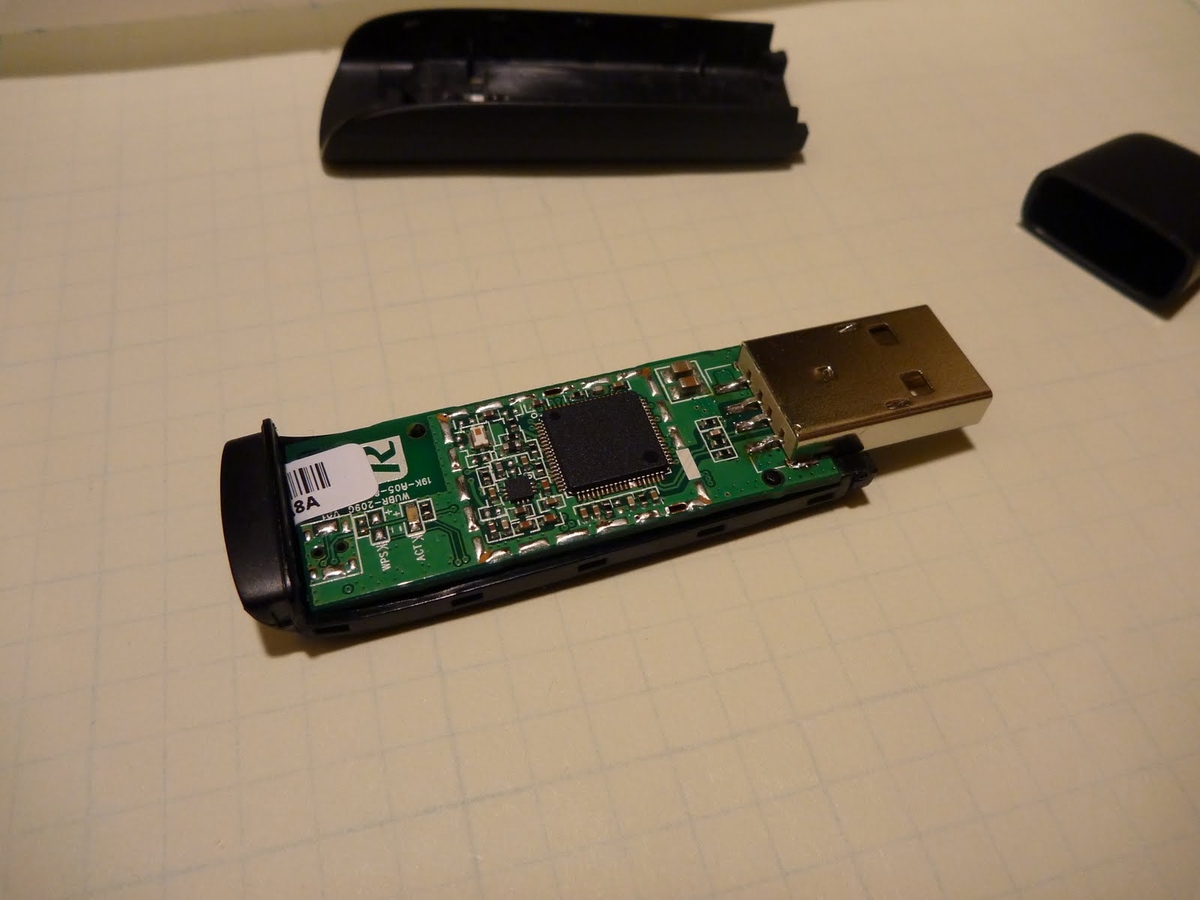
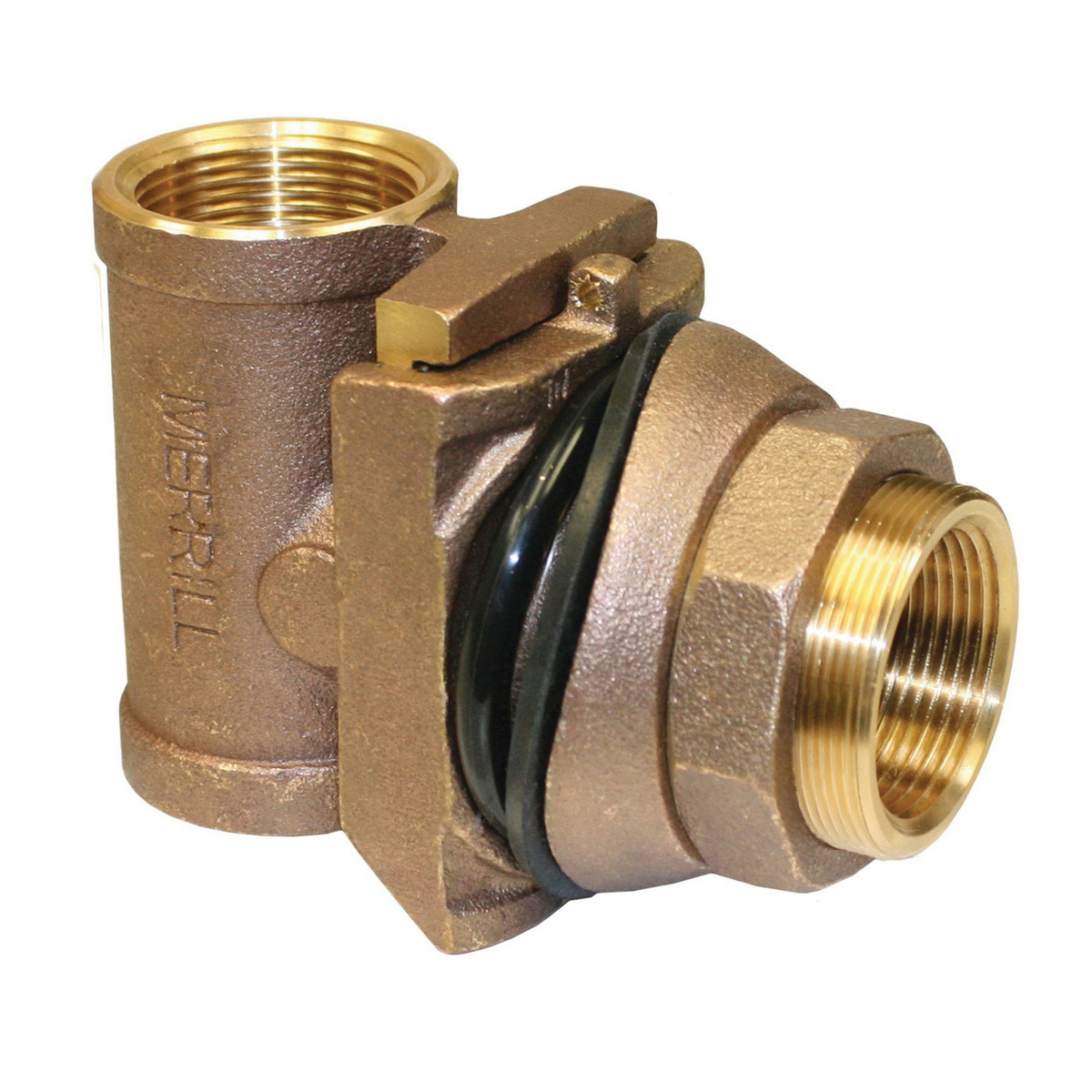
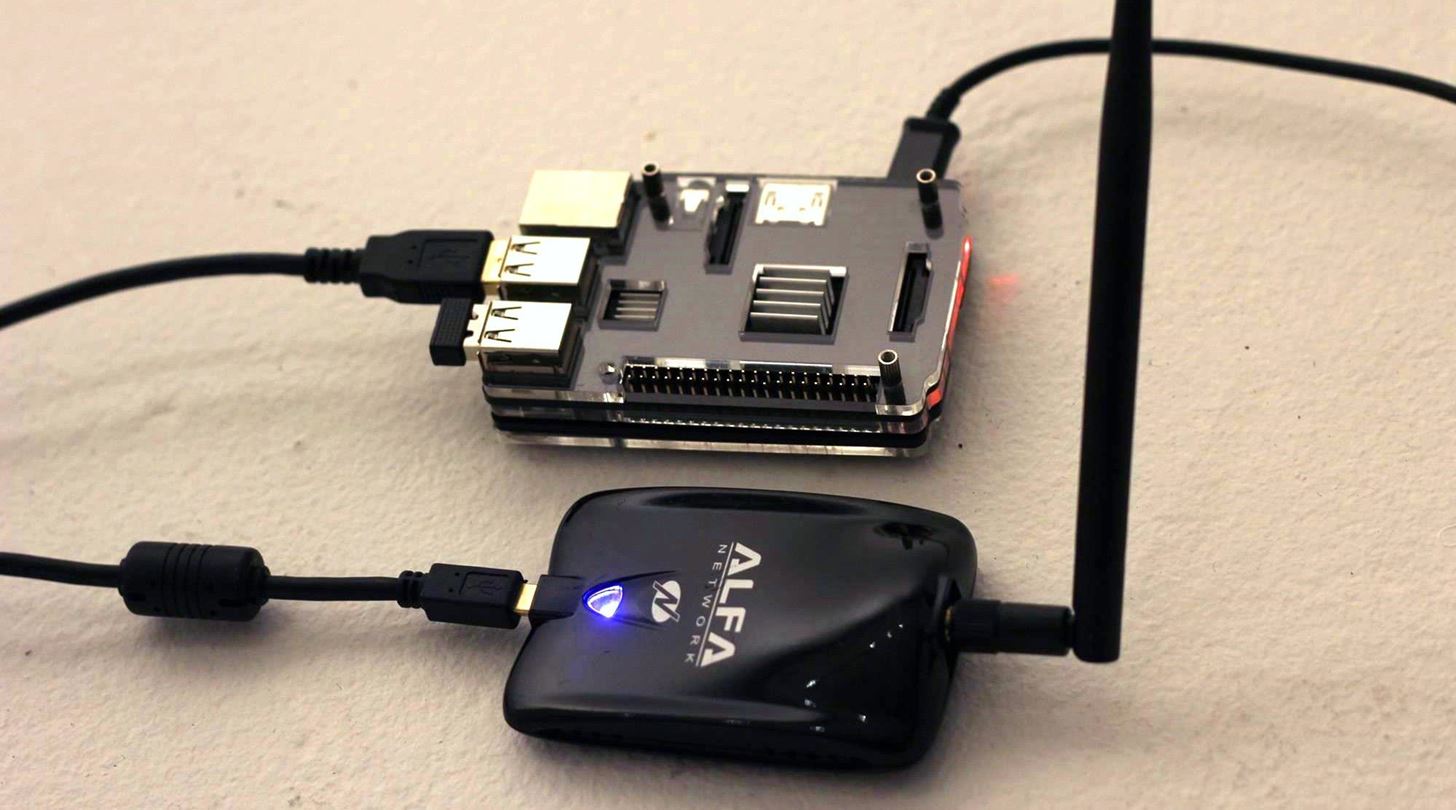
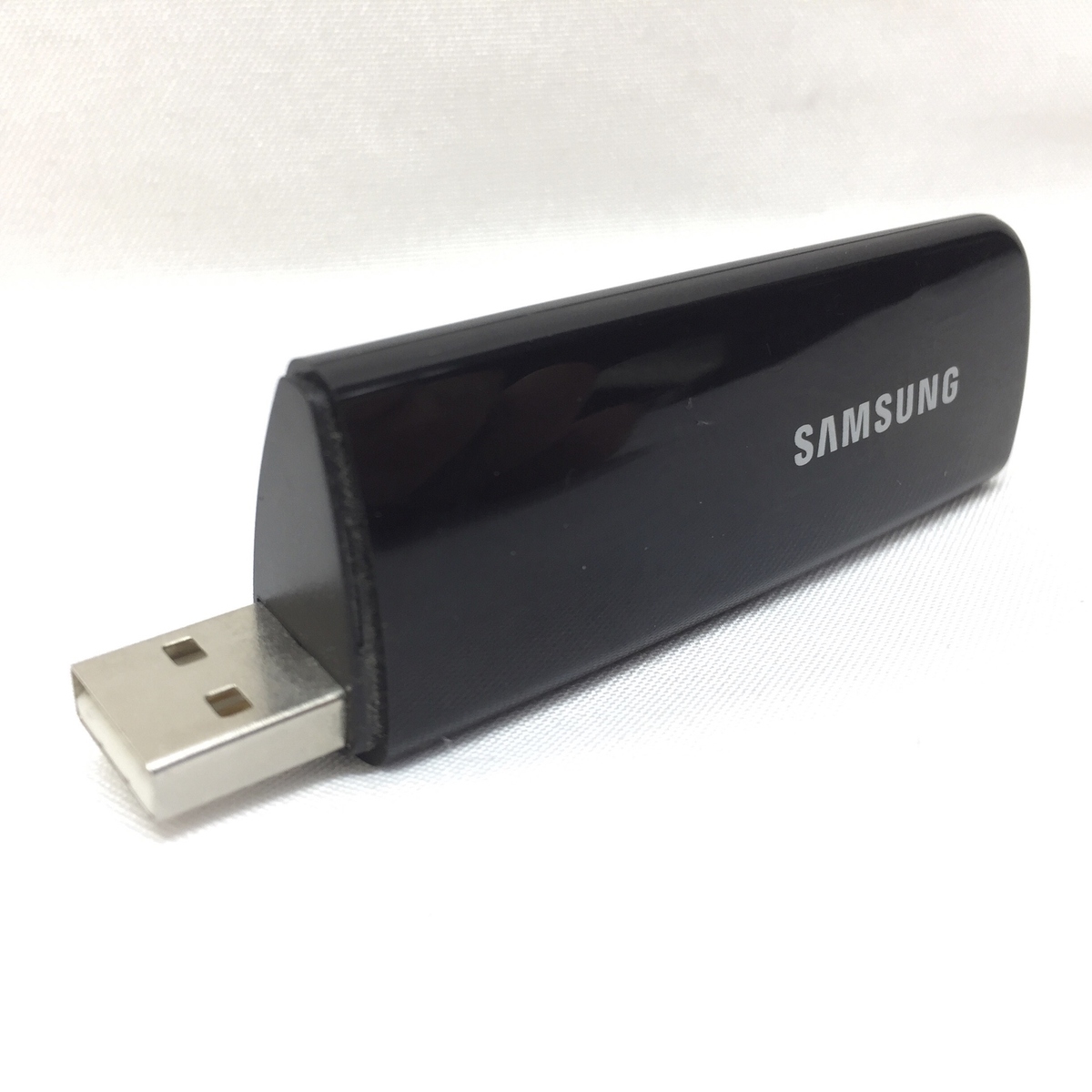
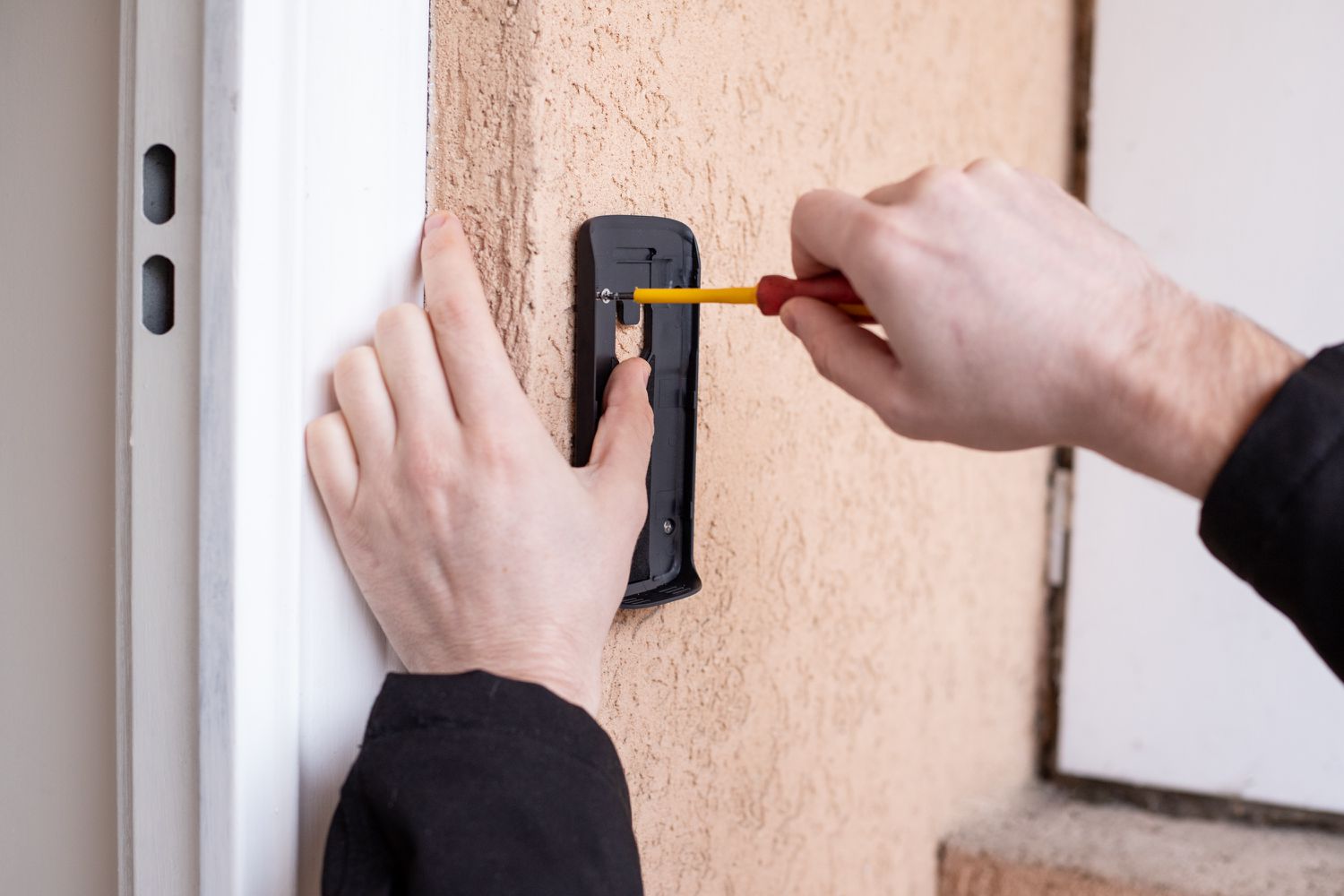
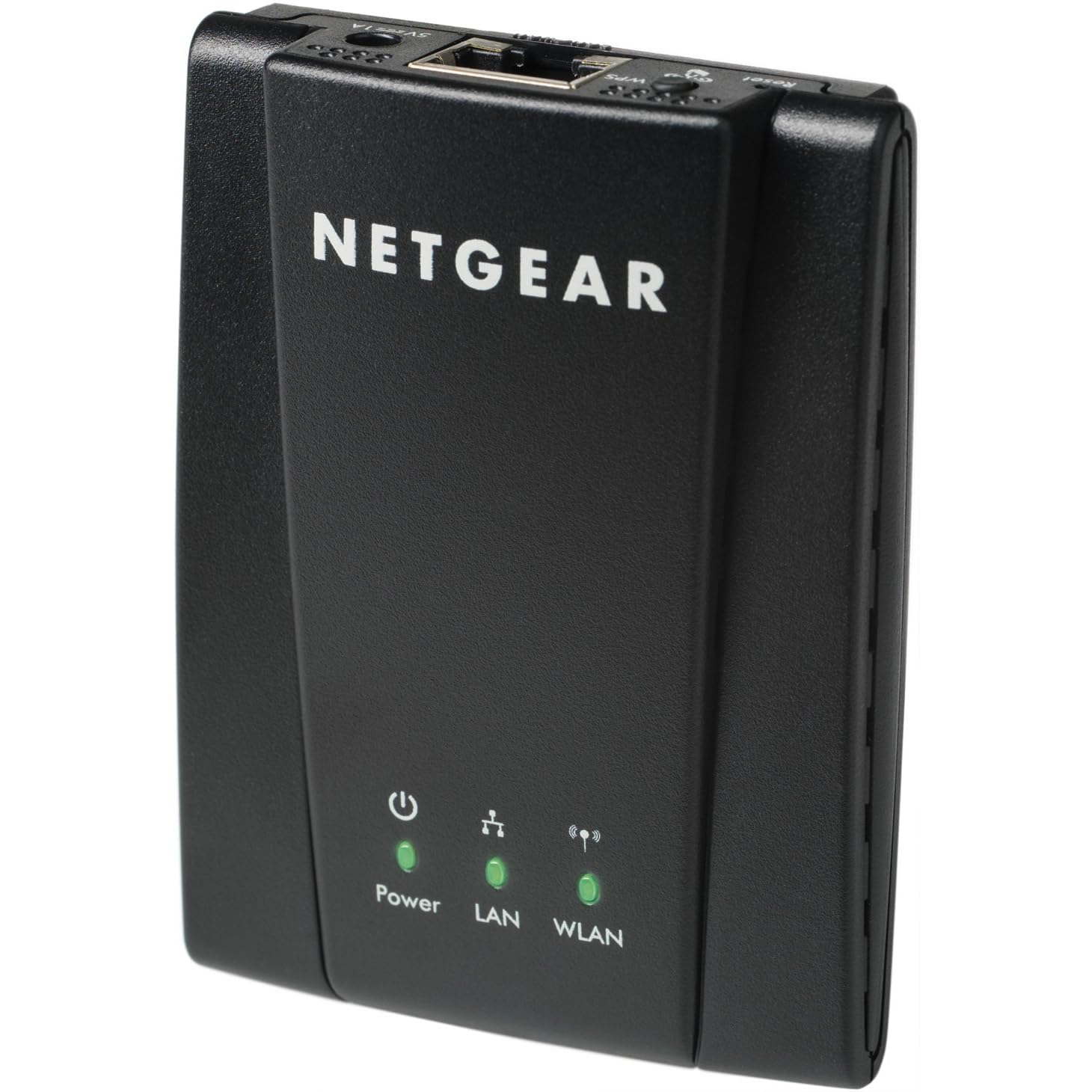
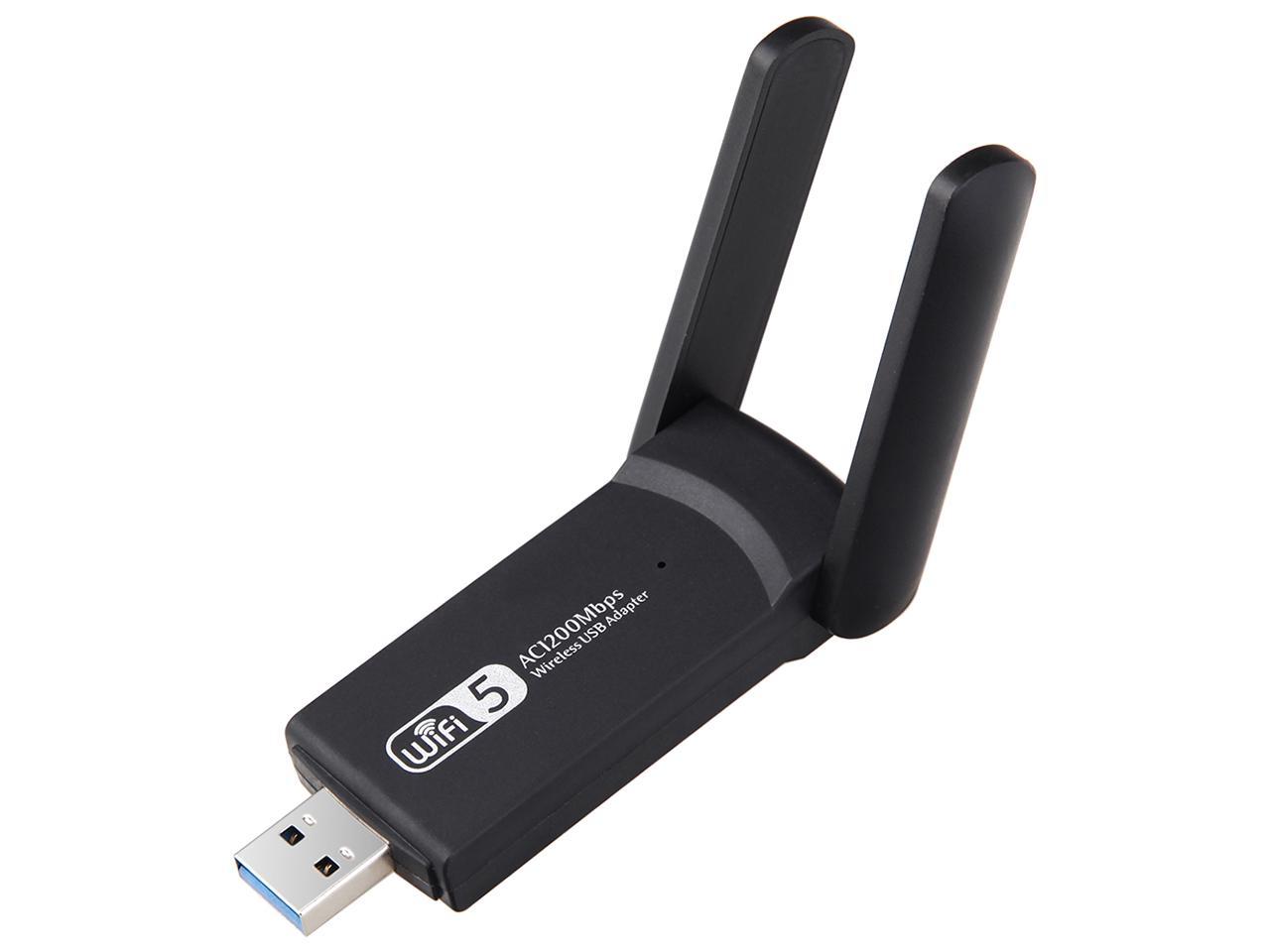

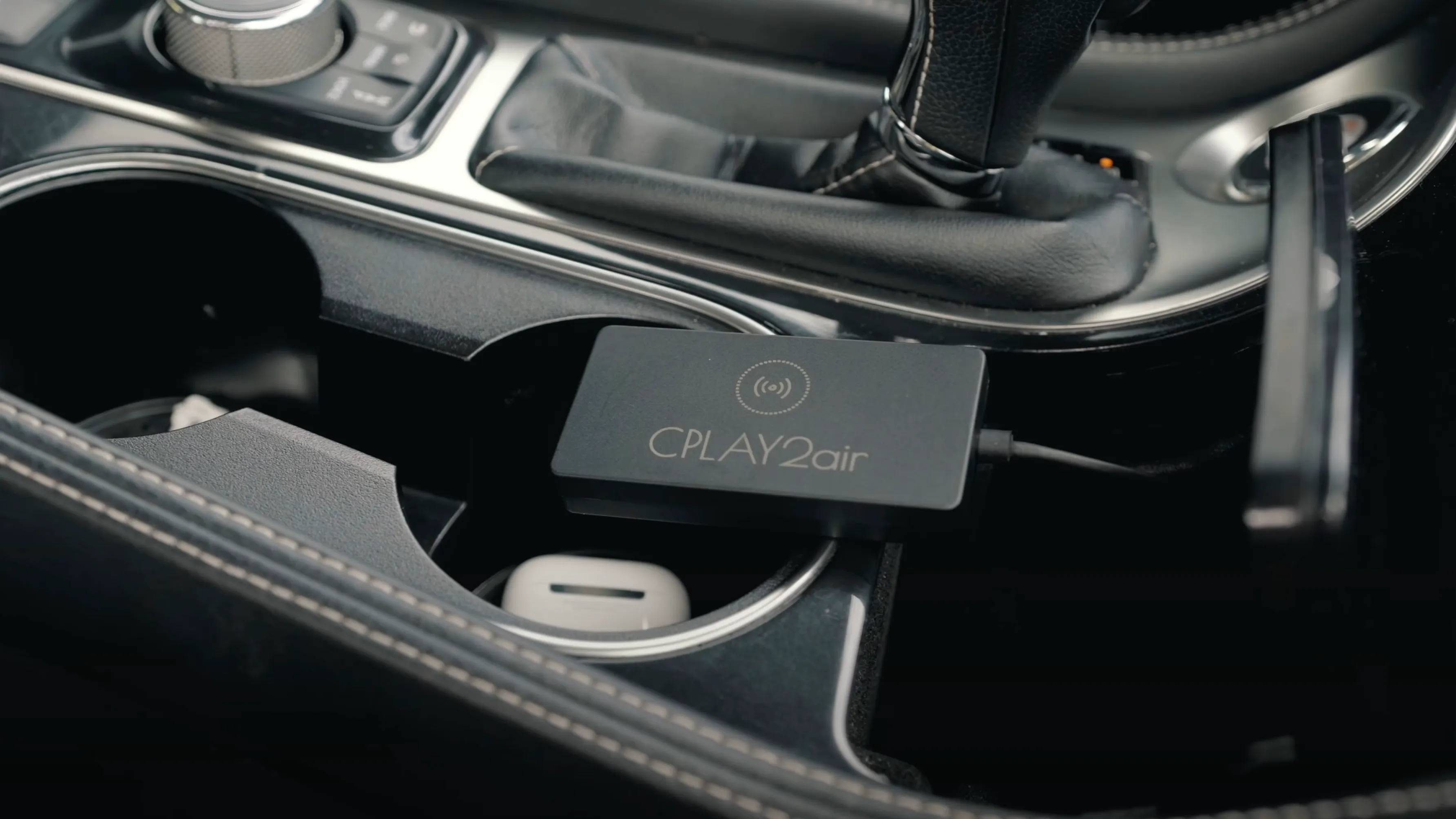
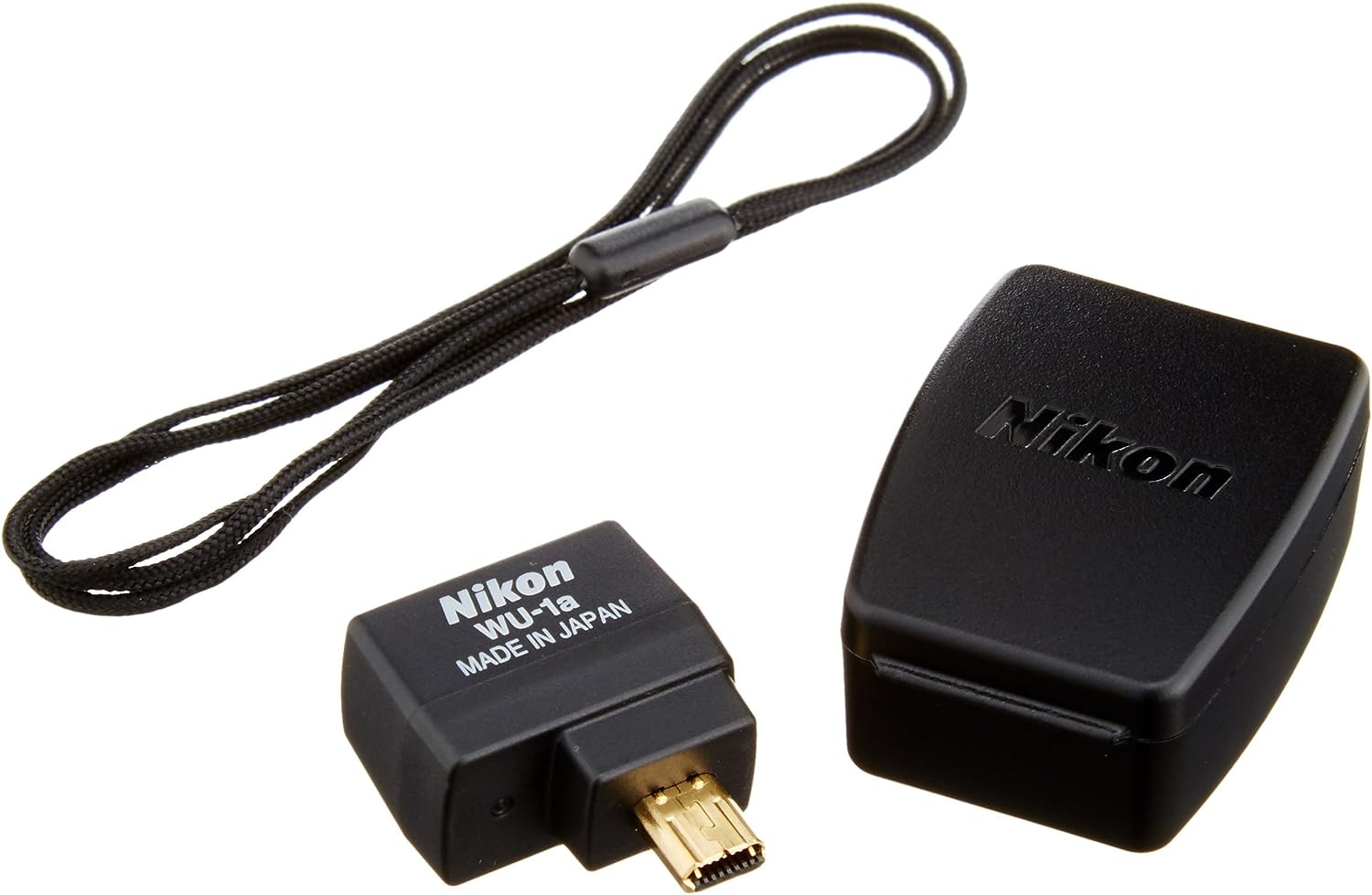
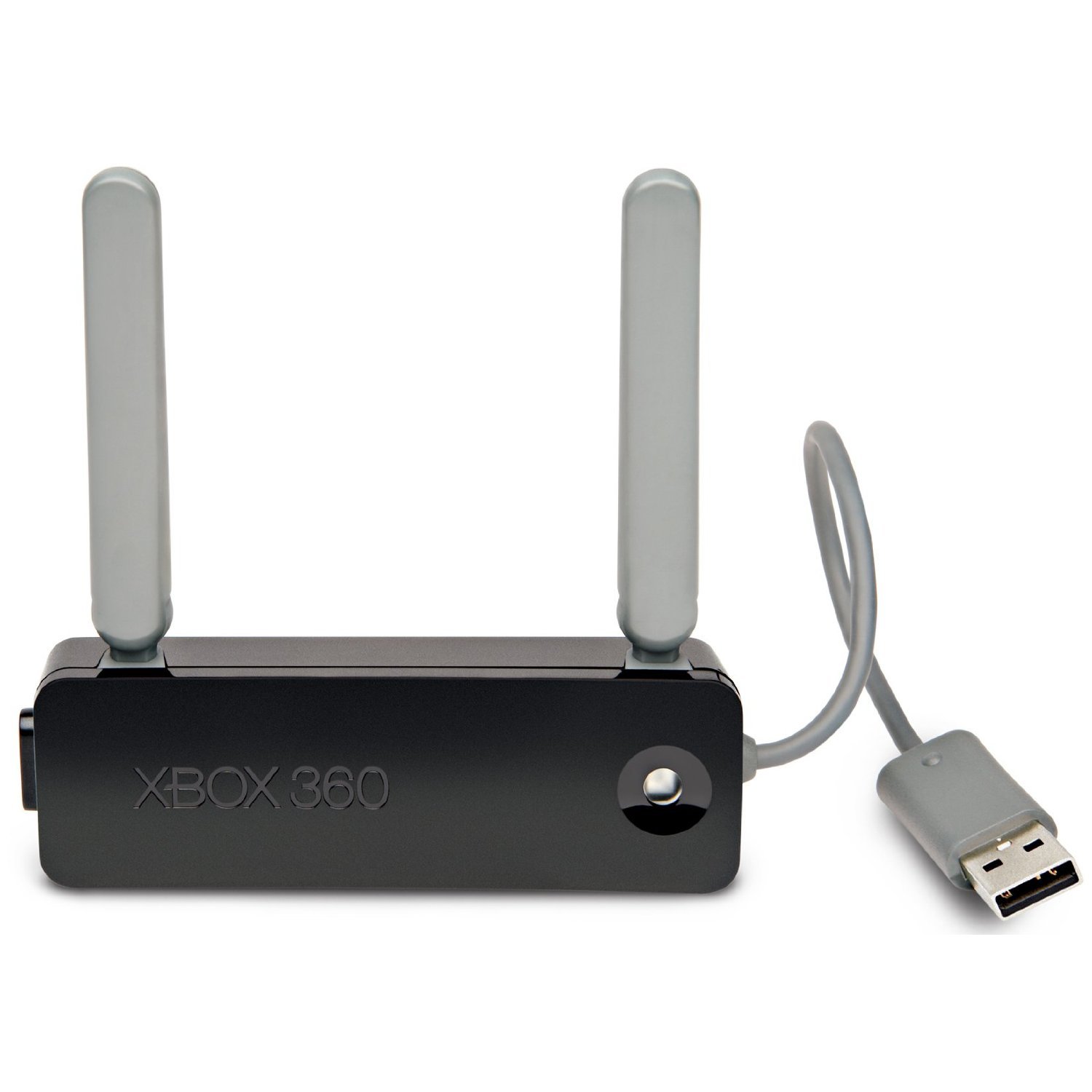
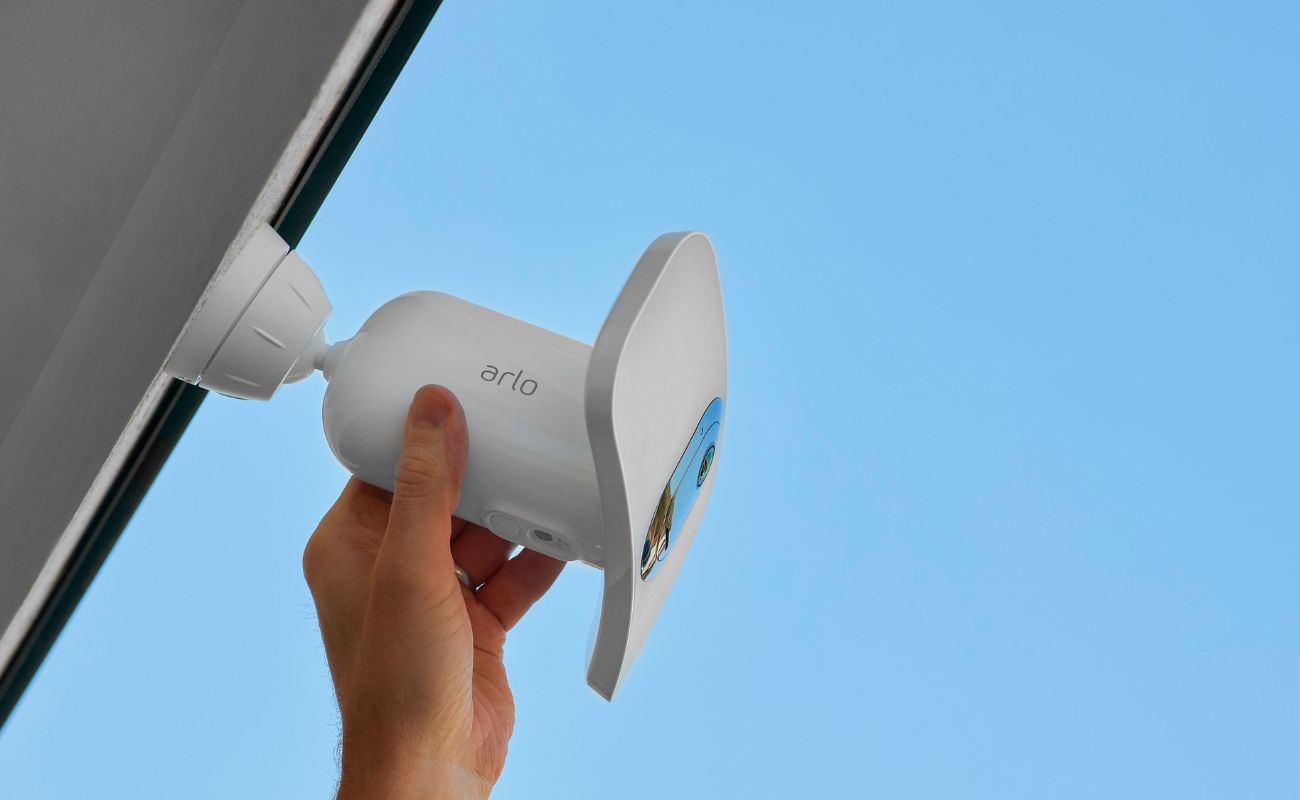
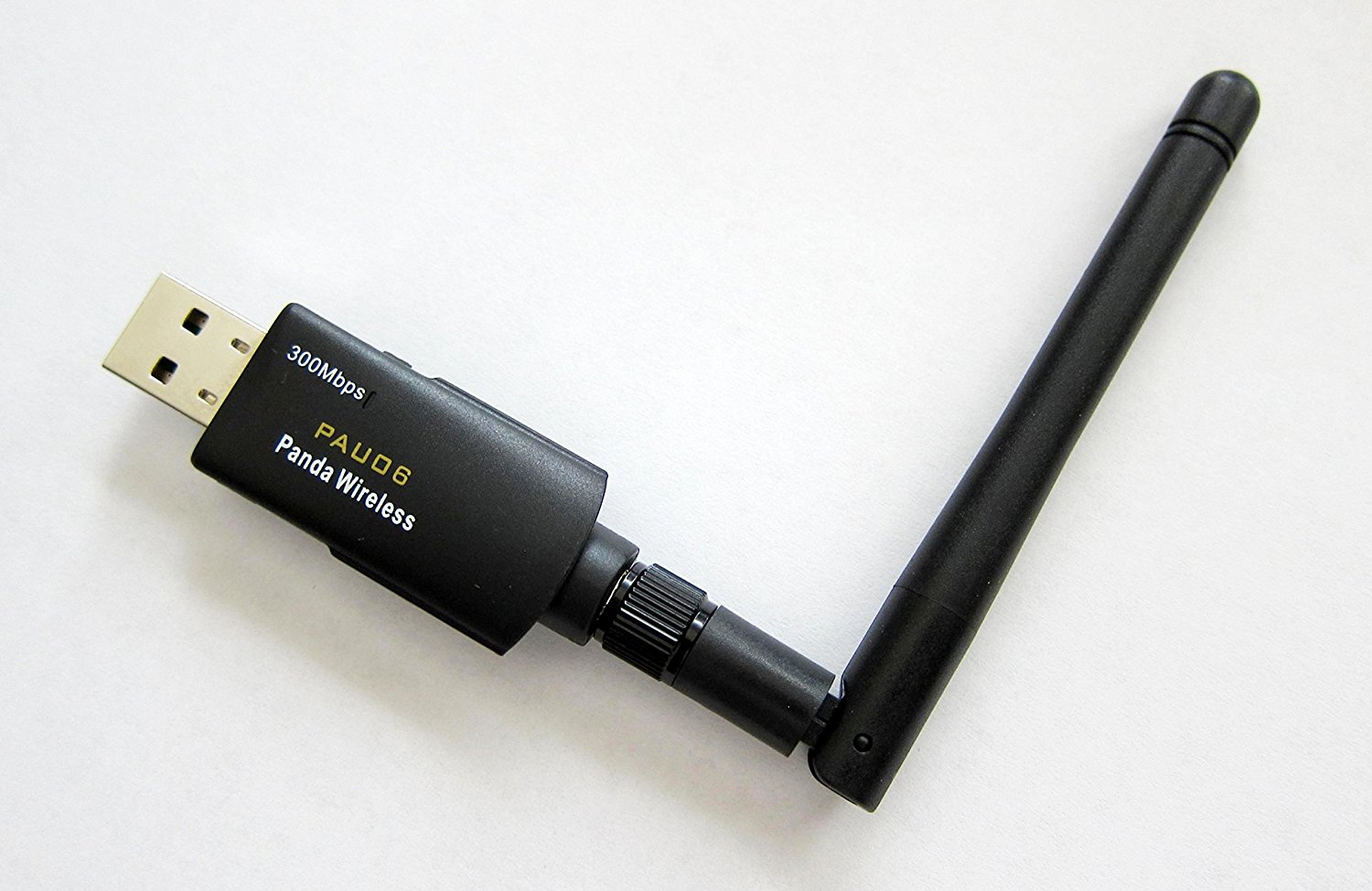

0 thoughts on “How To Install Microsoft Wireless Display Adapter”